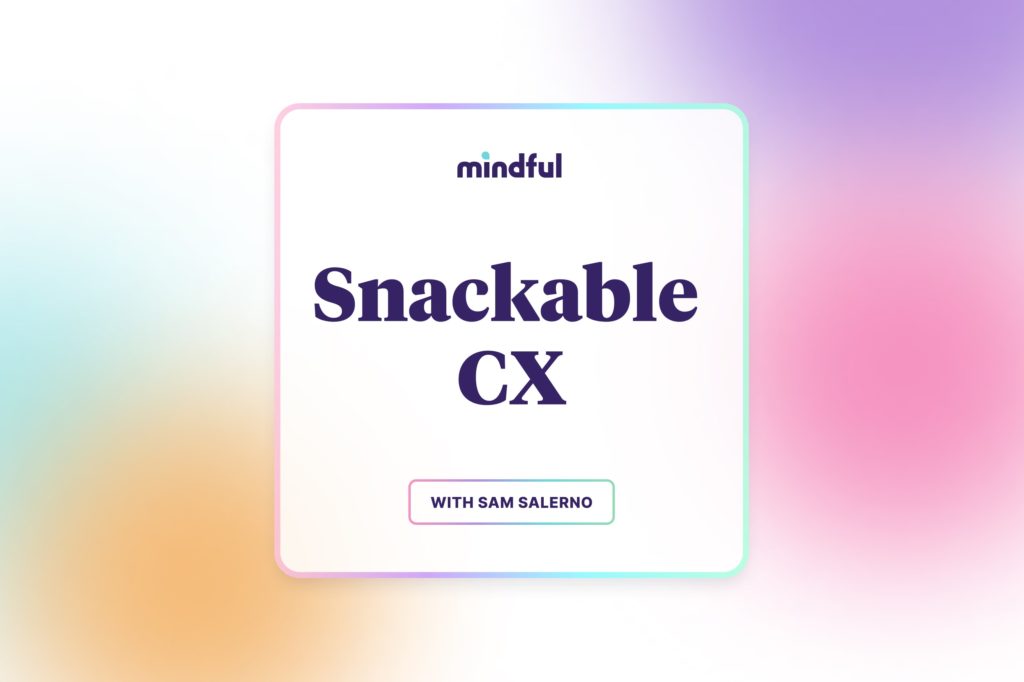Episode details
Some enterprise-level CCaaS platforms offer a pre-programmed, out-of-the-box solution that promises to help you save money by just flipping a switch. Meanwhile, providers that focus on virtual queueing know that flipping that switch just isn’t that easy.
So which option should you choose? Or, more specifically, what features should you specifically look for when considering the best solution for your contact center?
I put together seven key elements that any callback solution worth its salt should have. And by the end, you’ll have a crystal clear picture of exactly what your contact center needs to kick that dreaded hold music for good.
This episode was adapted from Chapter 2 of the guide, “The Ultimate Guide to Customer Callback.”
Still hungry?
Subscribe on Apple Podcasts or Spotify to get fresh episodes each week.




